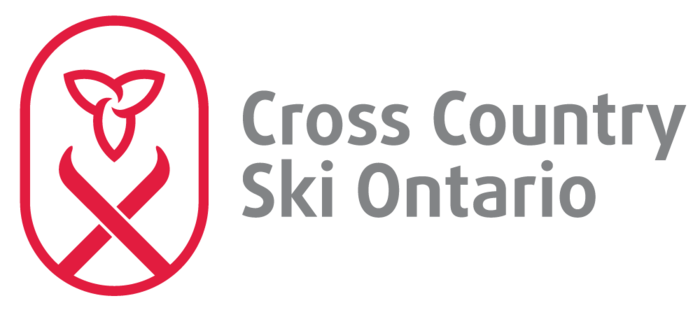Jackrabbit Technique Award #3 Sticker
$0.50
In general, poles should be used when learning/practising the following skills.
Diagonal Stride – Long Step: In the progression of the Diagonal Stride, this step is called the “long step”. The skier shows a clear weight transfer from ski to ski resulting in a longer gliding action. The ski lifts off the snow when the skier kicks. The recovery foot usually lands beside or in front of (not behind) the gliding foot when viewed from the side. The hands are close to shoulder height and elbows are slightly bent at pole plant. The skier demonstrates some ankle and knee bend, and maintains a slightly forward body lean. The poles are angled backwards and help provide propulsion; the skier is clearly pushing off of them. Each pole is planted beside the opposite side ski boot.
Double Poling: The skier reaches the hands forward to plant the poles. When the poles are planted, the skier is leaning forward slightly, hands are forward at shoulder level, elbows are slightly bent. Poles are held at a small angle to the snow, pointing backwards. Pole tips are behind the pole handles when they are planted. The upper body flexes at the waist just after poles are planted to provide additional propulsion. As the upper body bends to a horizontal position, the arms start to extend, and follow through with a strong extension to the back. Immediately following the pole plant, the skier is obviously pushing on the poles with his/her upper body weight. The upper body movement is completed by extending the arms to the rear. The progression is upper body, then shoulders, then elbows. The elbows should not collapse in the initial phase of the pole motion. Legs remain relatively straight, but not rigid, through all phases of the movement. After completing the push, the arms and upper body are recovered forward at the same time to initiate another poling action. The skier is able to execute fairly effective poling action and push down the track using the Double Poling technique.
One-step Double Poling: The skier stands in the Ready Position with body weight on the left ski. The skier pushes off the left ski, and transfers all of the weight to the right ski, while reaching forward with the arms to Double Pole. The skier then initiates Double Poling action while recovering the push foot forward. The skier glides on both skis, and then begins the cycle again, alternating the pushing leg (this time using the right ski). The skier is able to ski 50 m using this technique. For evaluation purposes the skier needs to demonstrate some weight transfer between the pushing and gliding skis.
Free Skate: The skier is in the Ready Position demonstrating an obvious “V” shape with the skis. The skier bends the left knee and ankle, pushing off with the left leg and transferring the weight onto the right ski. The right hip and shoulder are aligned over the right ski. As the glide ski slows, the skier bends the right knee and ankle and pushes off the right ski so the weight is transferred to the left ski. The left shoulder and hip then align over the left ski. The glide on the left and right skis is consistent. During each glide, the feet come close to each other. The skier swings the arms in front of the body (rotation movement). Poles are held with the tips pointing backwards, not touching the snow.
Downhill Tuck: In a low tuck the upper body is bent to a horizontal position, and knees and ankles are bent so the thighs are parallel to snow. In a “high” tuck the knees and ankles are only slightly bent. Poles are held under the arms and tightly against the body. The skier can safely descend a medium hill in a low or high tuck.
Diagonal Skate: This technique should be practised on a moderate uphill slope. The action is similar to that used in a Herringbone, but in this case the skier glides on each ski. Alternating pushes with the arms and legs, the skier glides up the hill shifting the weight from ski to ski. A pole and the opposite ski touch the snow at the same time. The gliding skis should be kept fairly flat on the snow, and not edged until the actual push off. The arm action is similar to that used in the Diagonal Stride. Arms are kept close to the body during the initial phase of the arm push.
Kick Turn: Follow the steps outlined in Level 2, but this time no assistance should be provided to the skier.
Skate Turn: The skier performs Double Poling just in front of the place he/she wishes to turn. As the skier recovers the arms and upper body forward, the inside ski (the ski that is on the side to which the skier is turning) is unweighted, lifted and pointed in the new direction. The skier edges and pushes off the outside ski transferring the body weight to the inside ski. The skier then glides with the skis parallel and equally weighted in the new direction. Another Double Poling action completes the turn.




